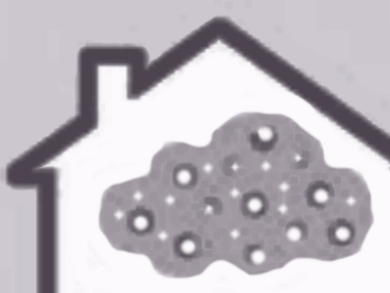In developed nations, people spend most of their time indoors, where air pollutant concentrations are often higher than outdoors. Particulate matter can form indoors when gaseous outdoor compounds condense or react chemically.
Nicola Carslaw and colleagues at the University of York, UK, modeled concentrations of particulate matter and ozone in identical hypothetical offices in three cities. They calculated particulate formation from the degradation of 17 volatile organic compounds, using measurements from a 2012 study as input. The model simulated indoor air conditions during an intense heat wave in August 2003 and a more typical August in 2009. Milan was at the center of the 2003 heat wave, Athens was at the periphery, and Helsinki was not affected.
Indoor pollutant concentrations were significantly higher in the heat wave scenario: outdoor biogenic emissions increased, and office ventilation system filters performed less effectively. Indoor ozone concentrations ranged from twice to more than six times the levels for 2009 scenario. Gaseous particle precursors from outdoors, notably plant terpenes, eluded air filtering systems and formed particulates indoors.
This observation has implications for the current trend toward “green walls” on buildings.
- Crucial Role for Outdoor Chemistry in Ultrafine Particle Formation in Modern Office Buildings,
Nicola Carslaw, Mike Ashmore, Andrew C. Terry, David C. Carslaw,
Environm.Sci. Technol. 2015.
DOI: 10.1021/acs.est.5b02241


![Synthesis of [c2]Daisy Chains via Mechanochemistry](https://www.chemistryviews.org/wp-content/uploads/2025/04/202504_RotaxanesWithSolidStateMechanochemistry-125x94.png)

